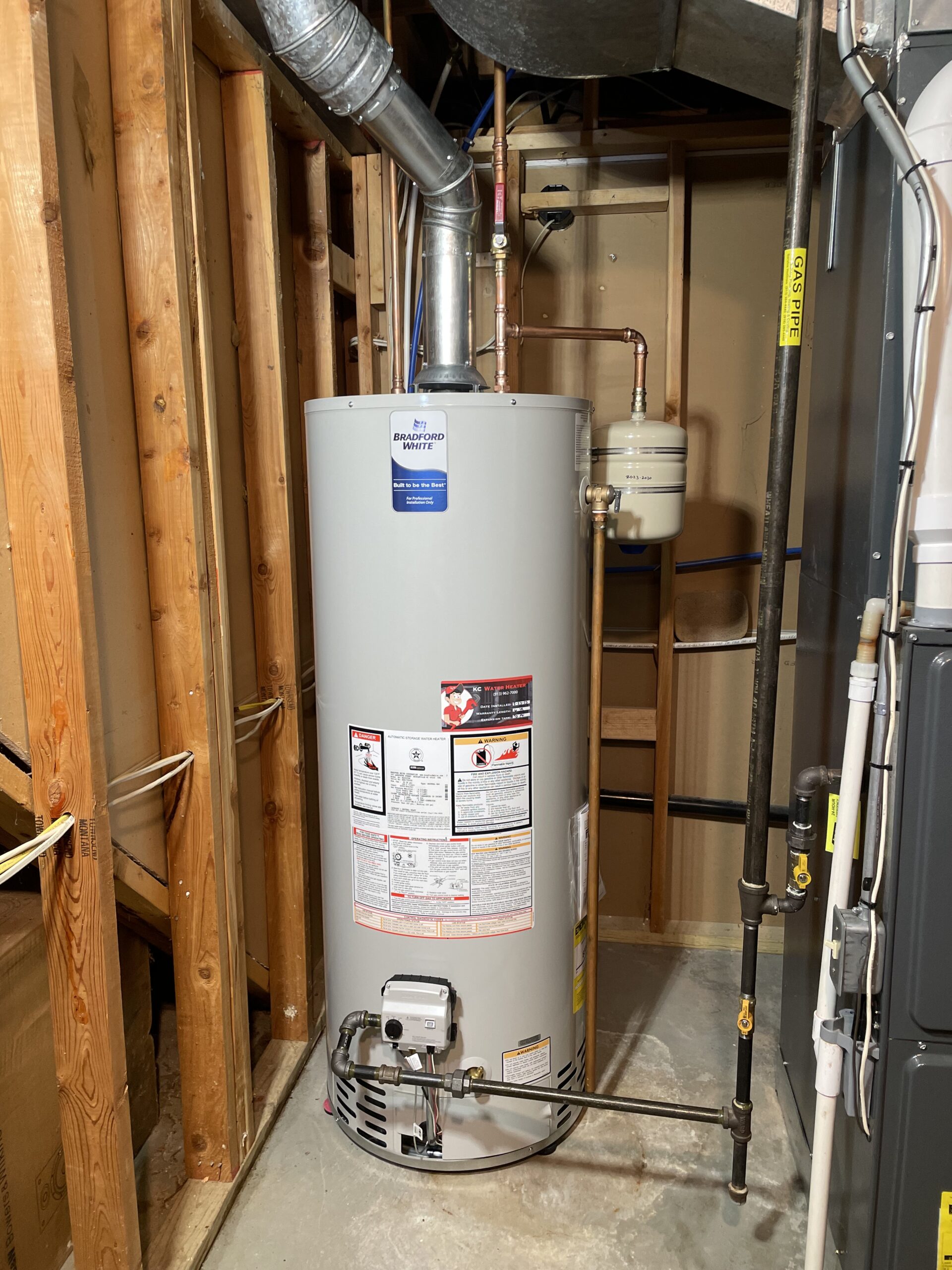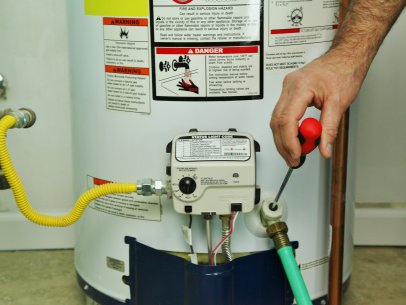Easy Ways to Care for Your Home's Hot Water System ProperlyStep-by-Step Steps to Caring for Your Home's Hot Water SystemCaring for Your Home's Hot Water System: Important Tips
Easy Ways to Care for Your Home's Hot Water System ProperlyStep-by-Step Steps to Caring for Your Home's Hot Water SystemCaring for Your Home's Hot Water System: Important Tips
Blog Article
The publisher is making several great pointers on Tips on Maintaining a Water Heater in general in the content down the page.

Hot water is vital for daily comfort, whether it's for a rejuvenating shower or cleaning dishes. To guarantee your hot water system runs effectively and lasts much longer, routine maintenance is essential. This post gives useful pointers and understandings on just how to preserve your home's warm water system to stay clear of disruptions and pricey repair work.
Intro
Preserving your home's warm water system may seem overwhelming, yet with a couple of straightforward steps, you can ensure it runs smoothly for many years to find. This guide covers everything from understanding your warm water system to DIY maintenance ideas and understanding when to contact specialist assistance.
Importance of Preserving Your Hot Water System
Routine maintenance not just prolongs the life expectancy of your warm water system yet additionally guarantees it operates effectively. Disregarding upkeep can lead to lowered efficiency, greater energy bills, and also premature failure of the system.
Indicators Your Warm Water System Demands Maintenance
Knowing when your hot water system requires focus can protect against major issues. Look out for indicators such as inconsistent water temperature level, unusual sounds from the heater, or rusty water.
Recognizing Your Warm Water System
Before diving into maintenance tasks, it's valuable to understand the basic components of your warm water system. Generally, this includes the hot water heater itself, pipelines, anode poles, and temperature controls.
Regular Monthly Upkeep Tasks
Routine month-to-month checks can assist capture minor concerns prior to they intensify.
Purging the Water Heater
Purging your water heater gets rid of sediment build-up, enhancing performance and extending its life.
Checking and Changing Anode Rods
Anode poles prevent corrosion inside the storage tank. Evaluating and changing them when broken is crucial.
Inspecting and Changing Temperature Settings
Readjusting the temperature level settings ensures optimal efficiency and safety.
DIY Tips for Upkeep
You can perform a number of upkeep tasks yourself to keep your hot water system in top problem.
Checking for Leakages
Frequently evaluate pipelines and connections for leaks, as these can cause water damage and greater expenses.
Checking Pressure Alleviation Valves
Evaluating the stress relief valve guarantees it works properly and stops extreme stress accumulation.
Insulating Pipes
Protecting hot water pipes decreases warmth loss and can save energy.
When to Call a Specialist
While DIY upkeep is helpful, some problems call for expert know-how.
Complicated Issues Calling For Professional Aid
Examples consist of major leakages, electrical troubles, or if your water heater is consistently underperforming.
Regular Professional Maintenance Advantages
Specialist upkeep can include detailed evaluations, tune-ups, and ensuring conformity with safety and security requirements.
Verdict
Regular upkeep of your home's warm water system is crucial for effectiveness, long life, and expense financial savings. By following these ideas and recognizing when to look for professional assistance, you can make certain a trustworthy supply of hot water without unforeseen disturbances.
How to Maintain an Instant Hot Water Heater
Before tinkering with your hot water heater, make sure that it’s not powered on. You also have to turn off the main circuit breaker and shut off the main gas line to prevent accidents. Also turn off the water valves connected to your unit to prevent water from flowing into and out of the appliance. 2. When you’re done, you have to detach the purge valves’ caps. These look like the letter “T” and are situated on either side of the water valves. Doing so will release any pressure that has accumulated inside the valves while at the same time avoid hot water from shooting out and burning your skin. 3. When the purge valves’ caps are removed, you have to connect your hosing lines to the valves. Your unit should have come with three hoses but if it didn’t, you can purchase these things from any hardware or home repair shops. You can also get them from retail stores that sell water heating systems. Read the user’s manual and follow it to complete this task properly. When the hosing lines are connected, open the purge port’s valves. 4. You should never use harsh chemical cleaners or solutions when cleaning your unit. Make use of white vinegar instead. It should be undiluted and you’ll probably use about 2 gallons. 5. Now flush your water heater. This task should probably take about 40 minutes. We can’t give you specific directions for this because the procedure is carried out depending on the type, model and brand of your heater. With that being said, refer to the user’s manual. 6. When you’re done draining the unit, you have to turn off the purge port valves again. Remove the hosing lines that you earlier installed on each of the water valves. Put the valve caps (purge port) back in their respective places and be very careful so as not to damage the rubber discs that are found inside these caps. 7. Now that everything’s back in place, check your user’s manual again to find out how to reactivate your water heating system. 8. Once it is working, turn one of your hot water faucets on just to let air pass through the heater’s water supply pipes. Leave the tap on until water flows smoothly out of it. https://www.orrplumbing.com/blog/2014/september/how-to-maintain-an-instant-hot-water-heater/

Do you like reading about How to Maintain a Hot Water Heater in a Few Simple Steps? Put feedback down the page. We would be delighted to hear your reactions about this page. We are looking forward that you come back again later on. Liked our post? Please quickly share it. Let somebody else find it. We enjoy reading our article about Tips For Maintaining Your Hot Water Heater.
Book With Us Today! Report this page